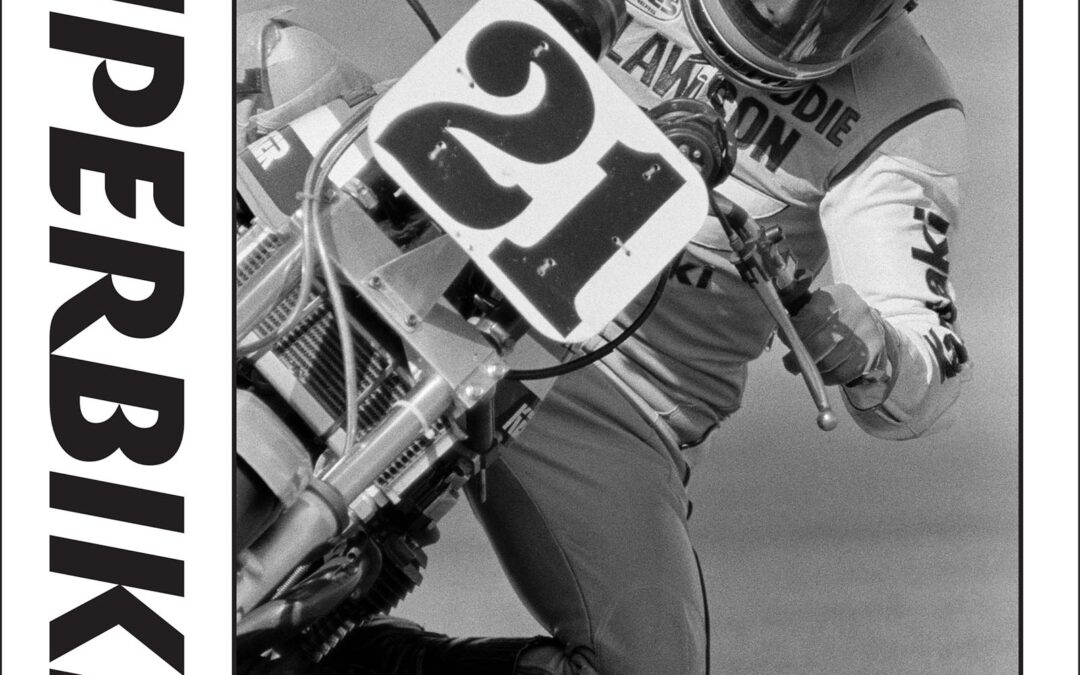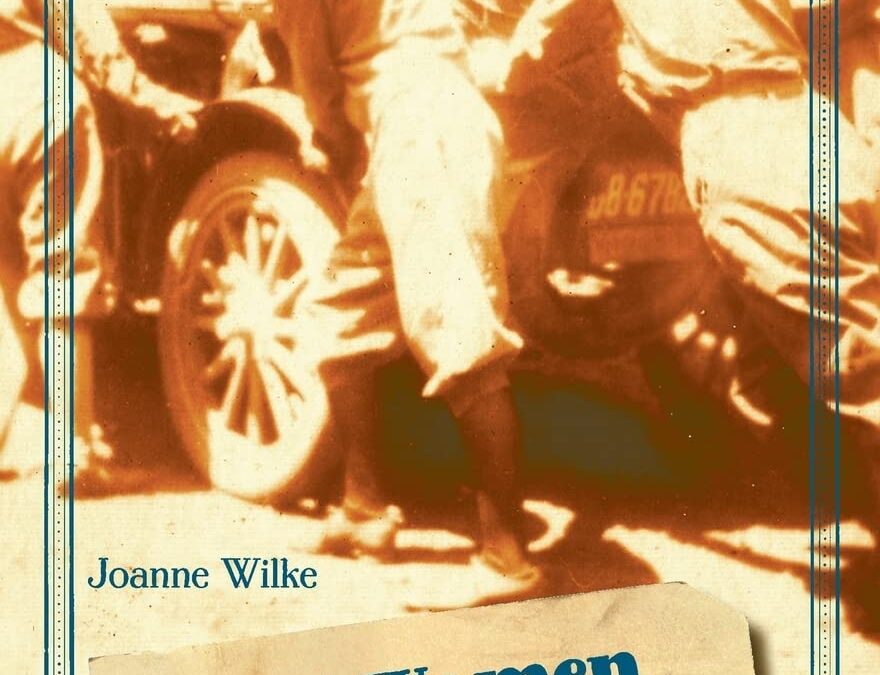
Superbike racing is a global business built on decades of dedicated partnerships among manufacturers, promoters and teams resulting in successful domestic and international championships. In the mid-1970s, however, this popular category of production-based four-stroke competition was in its infancy.
In “Superbike: An Illustrated Early History,” renowned technical writer Kevin Cameron and
acclaimed photographer John Owens chronicle the transition from the twin-cylinder BMWs,
Ducatis and Moto Guzzis set against wobbling and weaving first-generation Japanese fours to a
second wave of more raceworthy machines that ultimately led to the sportbike revolution.
Owens shot the black-and-white photographs published in this beautifully designed and
produced 192-page hardcover book at five of the tracks that dotted the U.S. motorcycle
road-racing landscape at the time: Daytona International Speedway, Bryar Motorsports Park,
Laguna Seca Raceway, Pocono International Raceway and Road America.
Eddie Lawson, Wayne Rainey and Freddie Spencer—three Americans who went on to win a
combined 10 250cc and 500cc Grand Prix world titles—figured prominently in the “sit-up” era of
AMA Superbike. Throughout the book, Cameron and Owens provide insights and images of
riders, crew members and machines difficult to replicate in today’s veiled paddocks.
“The desire to go fast, brake, turn and accelerate isn’t that complicated,” Cameron writes in the
opening pages. Yet this book clearly illustrates and uniquely explains the challenges that all
involved—from the manufacturers, to the teams and, ultimately, to the riders—faced in their
attempts to achieve those goals.
ABOUT THE AUTHORS
Kevin Cameron is a former tuner specializing in racing two-strokes and is widely recognized for
his ability to reduce deeply technical subjects to their elemental form. Kevin has written for
numerous publications. He has also authored several books on engineering and performance.
John Owens has photographed automotive and motorcycle competitions since 1975. John has
covered a range of events in the U.S., Europe and Japan, including the 24 Hours of Le Mans,
Indianapolis 500 and Daytona 500, as well as the Isle of Man Tourist Trophy races.

The New York Times bestselling author of Bitter Brew chronicles the birth and rise to greatness of the American auto industry through the remarkable life of Harley Earl, an eccentric six-foot-five, stuttering visionary who dropped out of college and went on to invent the profession of automobile styling, thereby revolutionized the way cars were made, marketed, and even imagined.
Harleys Earl’s story qualifies as a bona fide American family saga. It began in the Michigan pine forest in the years after the Civil War, traveled across the Great Plains on the wooden wheels of a covered wagon, and eventually settled in a dirt road village named Hollywood, California, where young Harley took the skills he learned working in his father’s carriage shop and applied them to designing sleek, racy-looking automobile bodies for the fast crowd in the burgeoning silent movie business.
As the 1920s roared with the sound of mass manufacturing, Harley returned to Michigan, where, at GM’s invitation, he introduced art into the rigid mechanics of auto-making. Over the next thirty years, he functioned as a kind of combination Steve Jobs and Tom Ford of his time, redefining the form and function of the country’s premier product. His impact was profound. When he retired as GM’s VP of Styling in 1958, Detroit reigned as the manufacturing capitol of the world and General Motors ranked as the most successful company in the history of business.
Knoedelseder tells the story in ways both large and small, weaving the history of the company with the history of Detroit and the Earl family as Fins examines the effect of the automobile on America’s economy, culture, and national psyche.

In 1924 eight young women drove across the American West in two Model T Fords. In nine weeks they traveled more than nine thousand unpaved miles on an extended car-camping trip through six national parks, “without a man or a gun along.” It was the era of the flapper, but this book tells the story of a group of farm girls who met while attending Iowa’s Teacher’s College and who shared a “yen to see some things.”
A blend of oral and written history, adventure, memoir, and just plain heartfelt living, Eight Women is a story of ordinary people doing extraordinary things. Weaving together a granddaughter’s essays with family stories and anecdotes from the 1924 trip, the book portrays four generations of women extending from nineteenth-century Norway to present-day Iowa—and sets them loose across the western United States where the perils and practicalities of automotive travel reaffirm family connections while also celebrating individual freedom.





